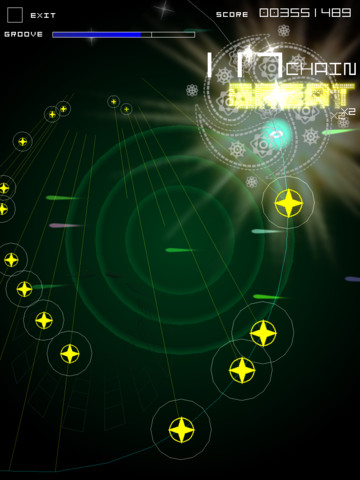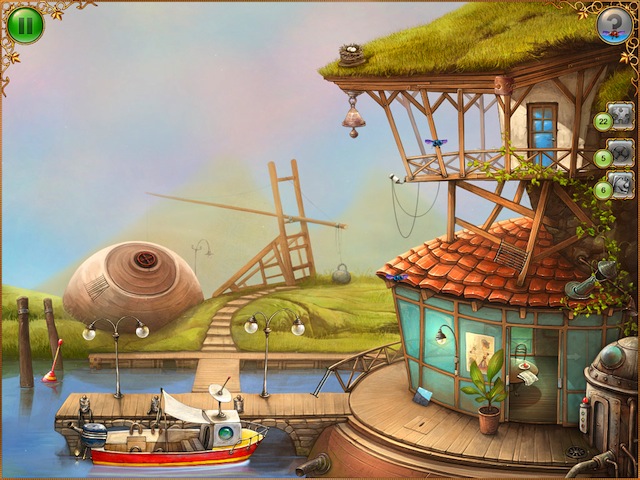I’ve spent a lot of time in 2011 playing games, but not a lot of time writing about them. Instead of my usual end-of-year game recommendations, I’d like to tell some stories or share some thoughts about the ones that meant the most to me this year. I’ll be posting one a day until Christmas. See all Games of 2011 posts.

Genres come and genres go. The first person shooter came in strong in the 90s, languished a bit in the middle part of last decade, before exploding again over the last few years. Real time strategy tends to ebb and flow entirely around when Blizzard releases titles. Pinball, despite some nice digital options lately, is unlikely to ever stage a real comeback.
Rhythm games, after experiencing their explosion between 2000-2007, went into a sharp decline for the last three years. This isn’t to say there weren’t some excellent releases (see: Rock Band, Singstar), but they didn’t translate into overwhelming success. When Activision opted to shelve Guitar Hero instead of trying to keep squeezing blood from a stone, you know it’s a bad time for the genre.
But the last year has seen a modest return, primarily in the form of camera-controlled dancing games (Harmonix’s Dance Central, Ubisoft’s Just Dance). Given the explosion in mobile gaming, it’s not surprising to find that there’s increasing options on the iOS front as well.
My choice this year is not from Konami – jubeat plus too simplistic, REFLEC BEAT too complex, both requiring IAPs to have any real substance – but instead Taito’s GROOVE COASTER. The game comes from the Infinity Gene Project, the same team that brought us 2009’s excellent Space Invaders Infinity Gene.
Groove Coaster is a pattern tapping rhythm game. Your icon will move down a twisting, turning line and indicators will appear in front of you. When you cross them, you tap the screen. Simple, really – although later levels and hard difficulties add held notes, swiped notes, and tap-repeatedly notes. (Thankfully, it avoids the common iOS music game failure of requiring people to shake the device while playing, which has never worked right in any game I’ve played.)
The game comes with a wide variety of songs over a range of genres. There’s leaderboards, unlockable bonuses, three difficulty levels per track, and even has some IAPs for additional songs (of course). It’s well presented, well packaged, and just a solid, well-executed music game. And sometimes, that’s enough to make something worth playing.
GROOVE COASTER is available as a Univerisal iOS app.

